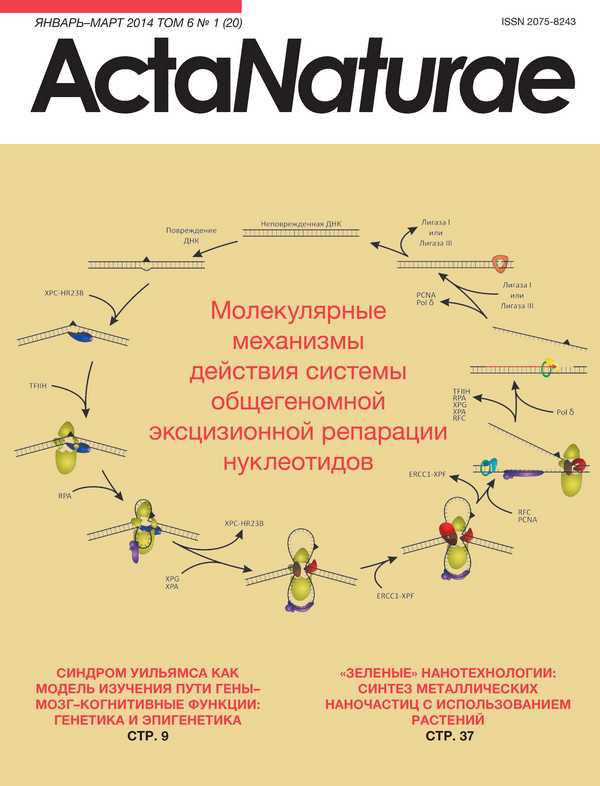Generation of iPS Cells from Human Hair Follice Dermal Papilla Cells
- Authors: Muchkaeva I.A.1,2, Dashinimaev E.B.1,2, Artyuhov A.S.2, Myagkova E.P.1,2, Vorotelyak E.A.1,2, Yegorov Y.Y.3, Vishnyakova K.S.3, Kravchenko J.E.3,4, Chumakov S.P.3,4, Terskikh V.V.1, Vasiliev A.V.1
-
Affiliations:
- Koltsov Institute of Developmental Biology, Russian Academy of Sciences
- Pirogov Russian National Research Medical University
- Engelhardt Institute of Molecular Biology, Russian Academy of Sciences
- Shemyakin and Ovchinnikov Instituse of Bioorganic Chemistry, Russian Academy of Sciences
- Issue: Vol 6, No 1 (2014)
- Pages: 45-53
- Section: Research Articles
- Submitted: 17.01.2020
- Published: 15.03.2014
- URL: https://actanaturae.ru/2075-8251/article/view/10556
- DOI: https://doi.org/10.32607/20758251-2014-6-1-45-53
- ID: 10556
Cite item







